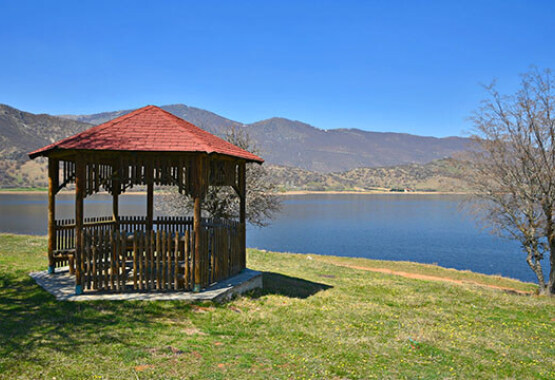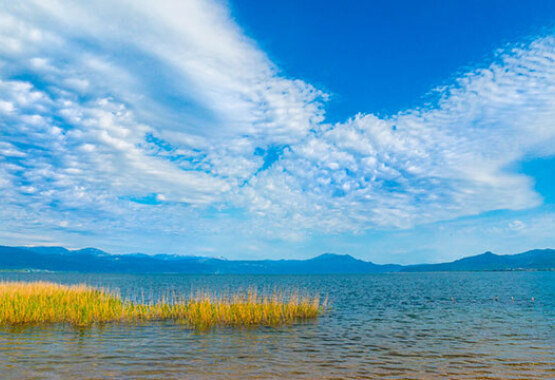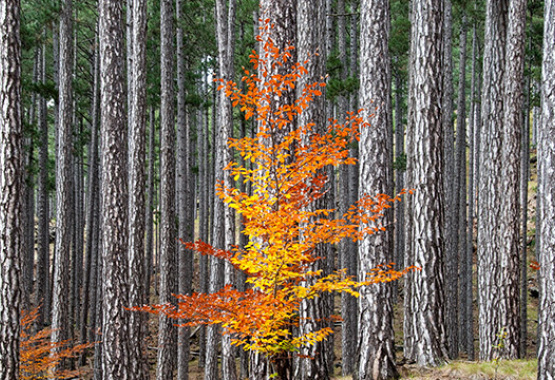
AROUND GREECE
A Park of Waterfalls
Waterfalls are considered as one of the most impressive natural phenomenon around the world. Enjoy a visit to Greece’s picturesque waterfall in Edessa town which happens to be the capital of Pella. The river forming this renowned Greek waterfall is Edessaios.
The city is filled with little bridges and the sound of running water will accompany your strolls around the town. The main volume of water was collected in a small basin in the west side of the city, up to the end of the 14th century, but due to a geological phenomenon the water changed course and crossed the city forming this spectacular waterfall; meanwhile numerous smaller sized rivers were created and the lake, where the water was once accumulated, eventually dried out. Many 17th and 18th century travelers described the city as built on a rock from which many waterfalls fell.
The area where you can take your snapshots of the waterfall today was for decades unreachable. The mesmerising view of the falls wasn’t accessible because of the steep slopes and the dense vegetation. The region started to take a touristic twist in 1942, during German occupation, when the locals built ponds and flowerbeds embellishing the city. The town was completely restored by the Municipality in the 60s.
The waterfalls of Edessa
A Park of Waterfalls
Waterfalls are considered as one of the most impressive natural phenomenon around the world. Enjoy a visit to Greece’s picturesque waterfall in Edessa town which happens to be the capital of Pella. The river forming this renowned Greek waterfall is Edessaios. The city is filled with little bridges and the sound of running water will accompany your strolls around the town. The main volume of water was collected in a small basin in the west side of the city, up to the end of the 14th century, but due to a geological phenomenon the water changed course and crossed the city forming this spectacular waterfall; meanwhile numerous smaller sized rivers were created and the lake, where the water was once accumulated, eventually dried out. Many 17th and 18th century travelers described the city as built on a rock from which many waterfalls fell.
The area where you can take your snapshots of the waterfall today was for decades unreachable. The mesmerising view of the falls wasn’t accessible because of the steep slopes and the dense vegetation. The region started to take a touristic twist in 1942, during German occupation, when the locals built ponds and flowerbeds embellishing the city. The town was completely restored by the Municipality in the 60s.




